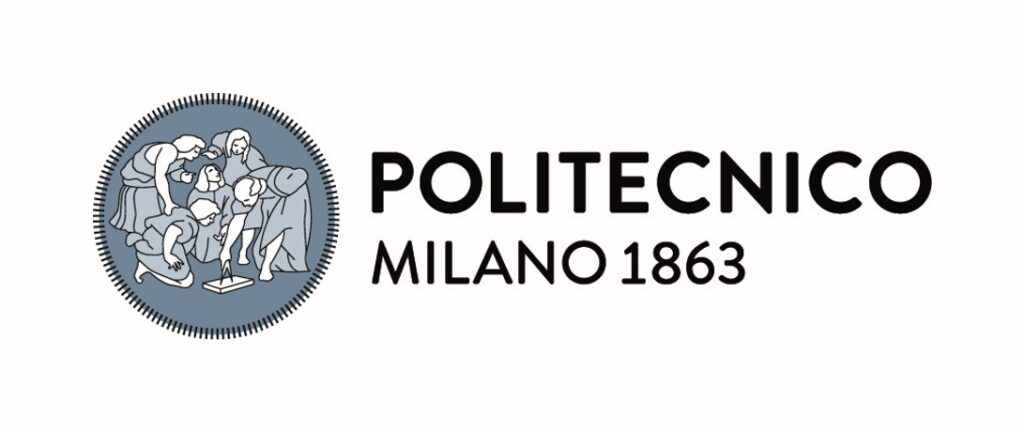Polytechnic of Milan (POLIMI)


The POLIMI RU is based at the Department of Chemistry, Materials, and Chemical Engineering “Giulio Natta” (DCMC) of Politecnico di Milano. Team members belong to the Laboratory of Supramolecular and Bio-Nanomaterials (SBNLab) and have unique skills in fluorine chemistry, supramolecular chemistry and crystal engineering. In particular POLIMI has been among the main promoters of the concept and practice of XB and possesses a consolidated know-how in the synthesis of fluorinated molecules. Especially, XB has been applied for the construction of new non-linear optical materials, photoresponsive liquid crystals and fluorinated ionic liquid crystals with possible application as ionic conductors in photovoltaics. In addition, POLIMI possesses unique expertise in structural characterization of complex materials and will dedicate state-of-the-art instrumentations for the structural determination of materials developed within the project. Specifically, POLIMI will provide the full capability of the Laboratory of Next Generation of Advanced Materials (Next-GAME) where 4 brand-new instruments will be used for the development of the project, (I) high energy dual sources (Cu and Ag) single crystal diffractometer, (II) multifunctional SAXS/WAXS/GISAXS platform, (III) Laue diffractometer and (IV) X-ray absorption spectroscopy (XAS).
University of Perugia (UNIPG)


The UNIPG RU is based at the Department of Chemistry, Biology and Biotechnology of the University of Perugia and belong to CLHYO PV research group. The main research topic deals with the use of theoretical simulations for the study of materials and processes involved in photovoltaic and optoelectronic devices, that play a key role towards the accomplishment of a low-cost, sustainable worldwide energy production. To solve this very challenging issue, the UNIPG research unit has over time set up an integrated computational strategy based on a combination of different codes and techniques rooted on Density Functional Theory (DFT), Time-Dependent DFT and GW methods incorporating relativistic effects. First-principles computational modelling can help understanding the pathways that lead to the synthesis of semiconductor materials from their precursors solutions. It can also support and guide the design of new materials with engineered characteristics for improved device performance and an in-depth comprehension of the heterointerface chemistry that rules the photovoltaic device operational mechanism. Beyond the accurate prediction of the electronic structure and optical band gaps of the materials, theoretical analysis can also assist in the interpretation of the experimental measurements, so that such joint theoretical/experimental approach can strongly support an overall comprehension of the various material and device key properties.
